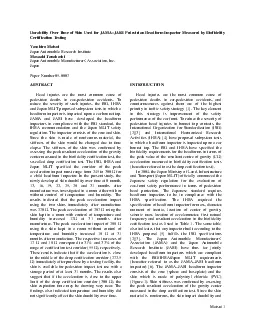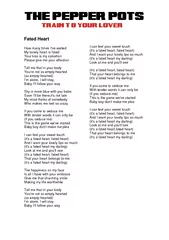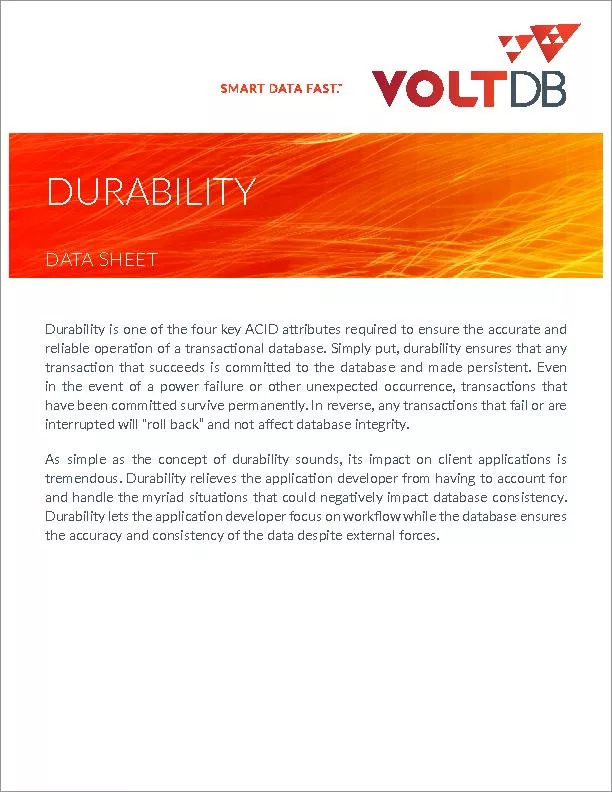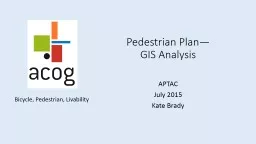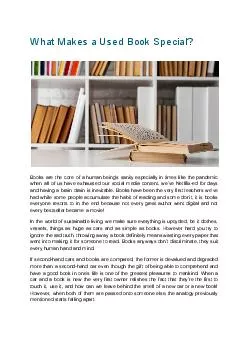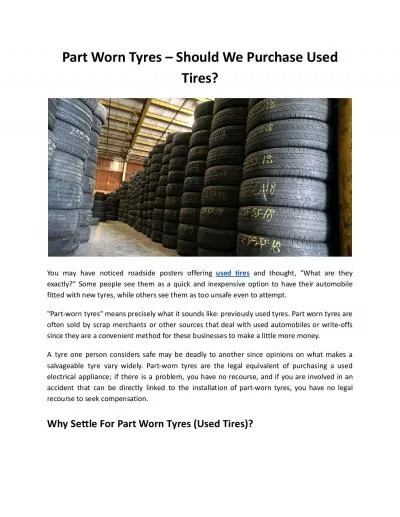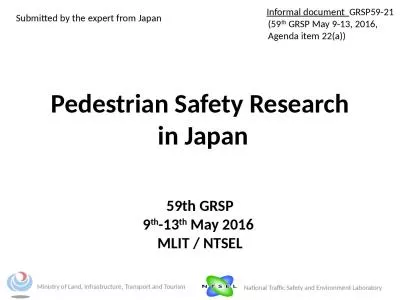PDF-Matsui 1 Durability Over Time of Skin Used for JAMAJARI Pedestrian Hea
Author : elena | Published Date : 2021-09-13
Matsui 2 skin durability over time should be clarified Matsui et al 7 investigated some skin characteristics see Table 1 measured parameters from eighth to eleventh
Presentation Embed Code
Download Presentation
Download Presentation The PPT/PDF document "Matsui 1 Durability Over Time of Skin Us..." is the property of its rightful owner. Permission is granted to download and print the materials on this website for personal, non-commercial use only, and to display it on your personal computer provided you do not modify the materials and that you retain all copyright notices contained in the materials. By downloading content from our website, you accept the terms of this agreement.
Matsui 1 Durability Over Time of Skin Used for JAMAJARI Pedestrian Hea: Transcript
Download Rules Of Document
"Matsui 1 Durability Over Time of Skin Used for JAMAJARI Pedestrian Hea"The content belongs to its owner. You may download and print it for personal use, without modification, and keep all copyright notices. By downloading, you agree to these terms.
Related Documents

